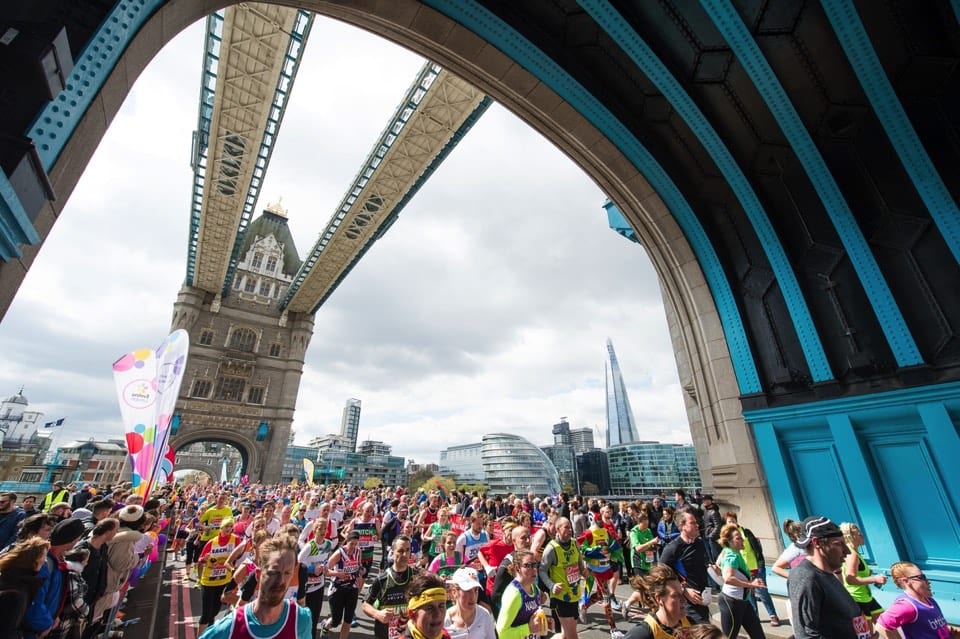Urinary incontinence is a common condition that affects many adults, particularly women. According to a study, nearly 423 million people aged 20 and above suffer from incontinence at some point globally.
Incontinence is usually characterized by a strong urge to urinate, and the urine can come out involuntarily. This condition can easily cause distress, isolation, and even social stigma to victims.
If you or your dear one has been diagnosed with incontinence, you can regain your confidence and live a normal, fulfilling life. Here are the top five practices to adopt.
1. Use the Right Incontinence Products
It can be challenging to live with incontinence, but you can readily manage the condition with the right products. Today, there are many comfy and light products that you can use at home or when traveling to manage the situation.
When you have incontinence products, you can even accomplish your daily tasks without worrying about leaks or a bad smell. One of the items you may get is the pull ups for adults, which help absorb the liquid, increasing your comfort. Consider the following factors when choosing the best incontinence product for your needs.
- Size – the diapers and protective garments come in varying sizes to meet your body’s needs. Understand your body size, or take measurements to pick the best size.
- Level of absorbency – how much can the diaper/cloth absorb? Many products mention the absorbency level in ounces. Check well to pick the best.
- Re-usability – some products can be washed and worn again, while others are disposable.
- What would you instead use? Understand the nature of using the items to pick the right one.
- Comfort- comfortable incontinence products will most likely have flexible linen that fits well in your waist, hips, and legs. Check the products well to pick the most comfortable for your needs.
Due to the many types and brands of incontinence products, you may have to experiment first and even read customer reviews. Be keen to buy the best for your needs.
2. Plan Ahead
Planning is quite important when experiencing incontinence, as it helps you avoid more accidents. When you wake up, plan how to take care of yourself during the day, mainly if you are traveling.
If you will be at home, create a toilet schedule after a specific time to minimize urine accidents. For instance, you can plan to go to the toilet after every 30 minutes, even when you don’t feel the urge. Such a schedule will help avoid the irritation and uncontrollable urge to urinate.
Will you be leaving the house, or do you have guests? Don’t worry. Keep your incontinence products together, probably in a bag. When leaving the house, a few things to carry include diapers, additional pants, and wipes.
3. Communicate and Seek Emotional Support
Staying alone or keeping the issue to yourself can be challenging and might easily result in emotional breakdowns and depression. Do you have a trusted friend you can share with? Find someone, whether a family member or close friend, to share your stay with and gain social support.
Don’t worry if you aren’t ready to share it with someone close. Nowadays, social media platforms have online communities for people with incontinence, and you can join one.
One main advantage of these social forums is that they allow anonymous posting, meaning you can share your problem without revealing your identity. When you share with others, you get emotional support and may learn more effective strategies to help you with the condition.
5. Seek Medical Help
Medical assistance is quite important when dealing with incontinence. Like with other medical conditions, you will need an expert to examine your symptoms and recommend the ideal practices or even medications you should use.
Plan to visit a reputable hospital to seek medical attention, even as you continue with the above practices, and wear your incontinence products. The health expert will mostly want to know when the problem started, the symptoms you experience, the products you use, and the severity of the condition.
At first, your doctors will most likely prescribe a lifestyle change to manage the condition. For instance, the expert may recommend kegel exercises and a certain diet plan to help manage the condition. If the problem doesn’t improve, certain medicines or medical devices may help you. Common medical devices that you may get include a catheter, peccary, or electrical nerve stimulation.
Surgery is also an option to help reduce some complications. If you suffer from incontinence, visit your doctor regularly without fail to help manage the issue in a better way.
6. Keep a Diary
Do you have a diary? If not, get one to record your urination pattern. The small notes you keep every day will help you know if your condition is improving. Your doctor may also need this information to create the perfect medication plan for you. How many times a day do you visit the bathroom? Did you leak urine? Keep all these details and appreciate your journey.
Similarly, you can also record the foods and drinks you take daily. Some fluids or foods cause more urine than others and can facilitate your bowel movements. Record what you eat and at what time every day to avoid the triggers.
Conclusion
Living with incontinence may not be easy, but you can manage the condition and live a happy life. The key is to accept the condition, use the right products, and keep seeking medical help. Hopefully, the above tips will help you regain your confidence and live a more fulfilling life.
